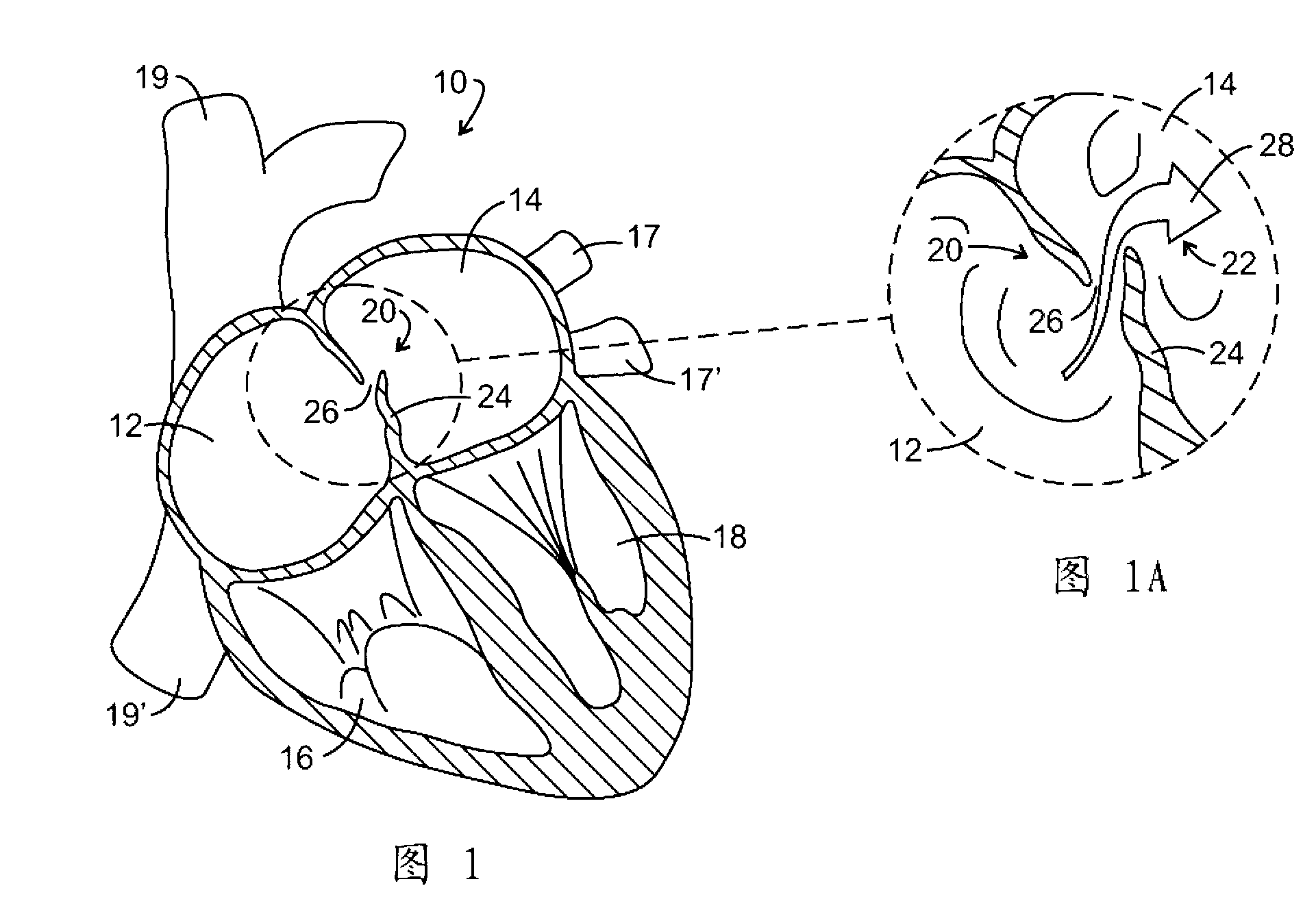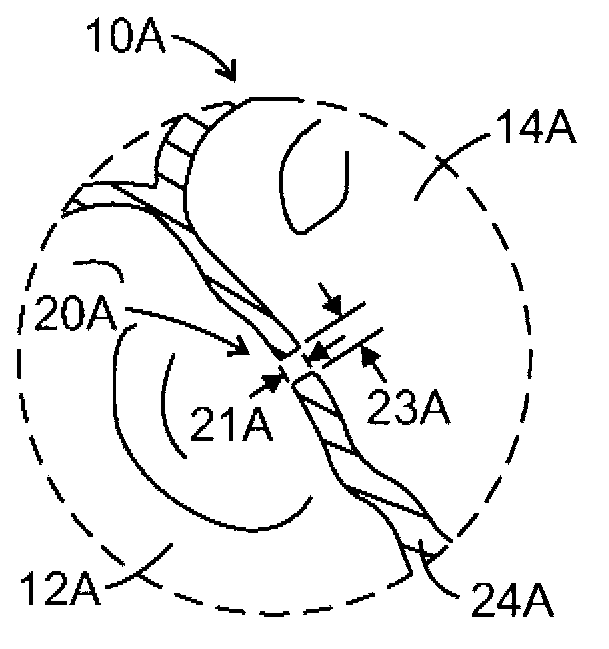System for improved hemodynamic detection of circulatory anomalies
A delivery system, actuation technology for applications, medical science, diagnostic recording/measurement, etc.
- Summary
- Abstract
- Description
- Claims
- Application Information
AI Technical Summary
Problems solved by technology
Method used
Image
Examples
example 1
[0179] Example 1: Indicator Quantitative Test
[0180] The objectives of the indicator quantification test and the comparative analysis test included optimizing the injection protocol and the timing of the provocative respiratory maneuver to further improve the sensitivity of the system for the detection of right-to-left cardiac shunts. Another purpose is to determine the parameters of the test program to be used in subsequent trials. Other purposes include providing additional data for use in the development of the disclosed method for calculating and displaying the functional flow opening of a patient's right-to-left heart shunt, the "Shunt Opening Index."
[0181] Available in a single use surgical tray similar to the Figure 33 public suite. The kit contents included a vial of 25 mg of indigo green (ICG) dye (Pulsion Medical Systems, Munich) in powder form of ICG. The second bottle provides the solvent used to prepare the ICG dye solution at the desired concentration. ...
example 2
[0224] Example 2: Comparative Analysis of Dye Dilution Detection System and Existing Transcranial Doppler Detection.
[0225] A total of 17 patients between the ages of 18 and 65 with a known right-to-left shunt (i.e., PFO) and 7 without a right-to-left shunt, according to echocardiographic techniques, were diagnosed within less than 30 minutes. During the same time period, using transcranial Doppler (TCD) method and by similar Figure 47 The system shown in was tested. A cohort of 10 informed patients with known right-to-left shunts (RTLS) was included. For this study, RTLS was graded by TCD as 4 (101-300 microbubbles detected) or 5 (>300 microbubbles detected or not countable) on the Spencer scale. A control group of 7 informed patients without RTLS, ie RTLS graded by TCD as 0 (no microbubbles detected) or 1 (1–10 microbubbles detected) on the Spencer scale, was also included. Patients were studied using the ICG dose and injection schedule established in Example 1 describ...
example 3
[0277] Example 3: Calculation of shunt opening index
[0278] To calculate the shunt opening index, the sequence of calculation steps is described below. For a detector system with 6 sensor pairs, there are 6 ICG fluorescence level measurements made corresponding to the 6 laser diode / photodetector pairs arranged in the two fluorescence sensor array units, which means that the Many steps are performed on each of the six channels, and subsequent data processing is channel-specific. For example, peak and baseline values are specific to each channel of the data being processed and are not averaged across the 6 channels. Therefore, the ratio of shunt curve peak to normal curve peak is channel specific, ie a known ratio value is calculated for all 6 data channels. The specific calculation steps are as follows, where the subscript i refers to the channel number between 1 and 6, and the subscript j refers to the elapsed time, elapsed(j), where all time steps have a duration of 0.0...
PUM
 Login to View More
Login to View More Abstract
Description
Claims
Application Information
 Login to View More
Login to View More - R&D
- Intellectual Property
- Life Sciences
- Materials
- Tech Scout
- Unparalleled Data Quality
- Higher Quality Content
- 60% Fewer Hallucinations
Browse by: Latest US Patents, China's latest patents, Technical Efficacy Thesaurus, Application Domain, Technology Topic, Popular Technical Reports.
© 2025 PatSnap. All rights reserved.Legal|Privacy policy|Modern Slavery Act Transparency Statement|Sitemap|About US| Contact US: help@patsnap.com



